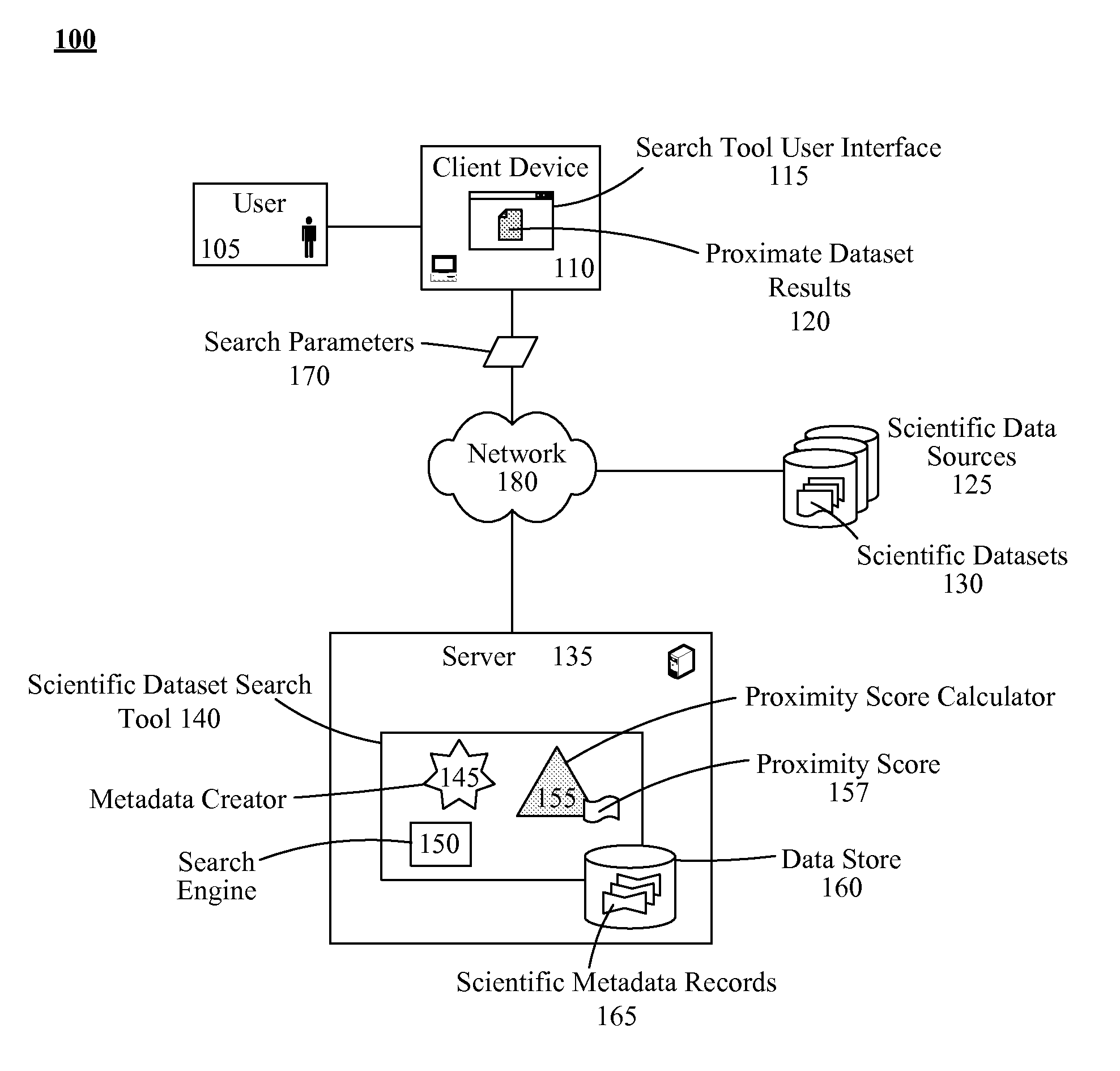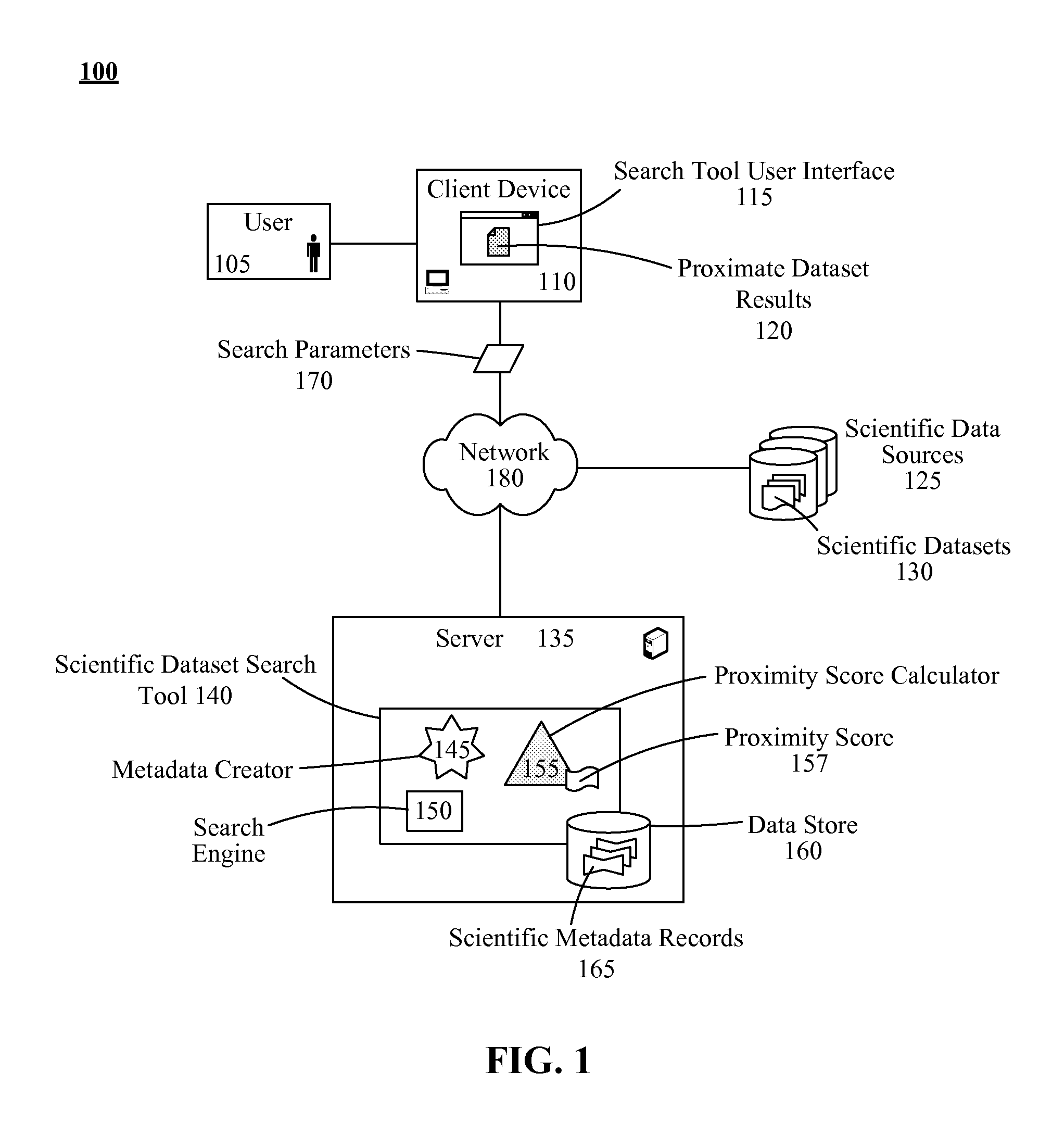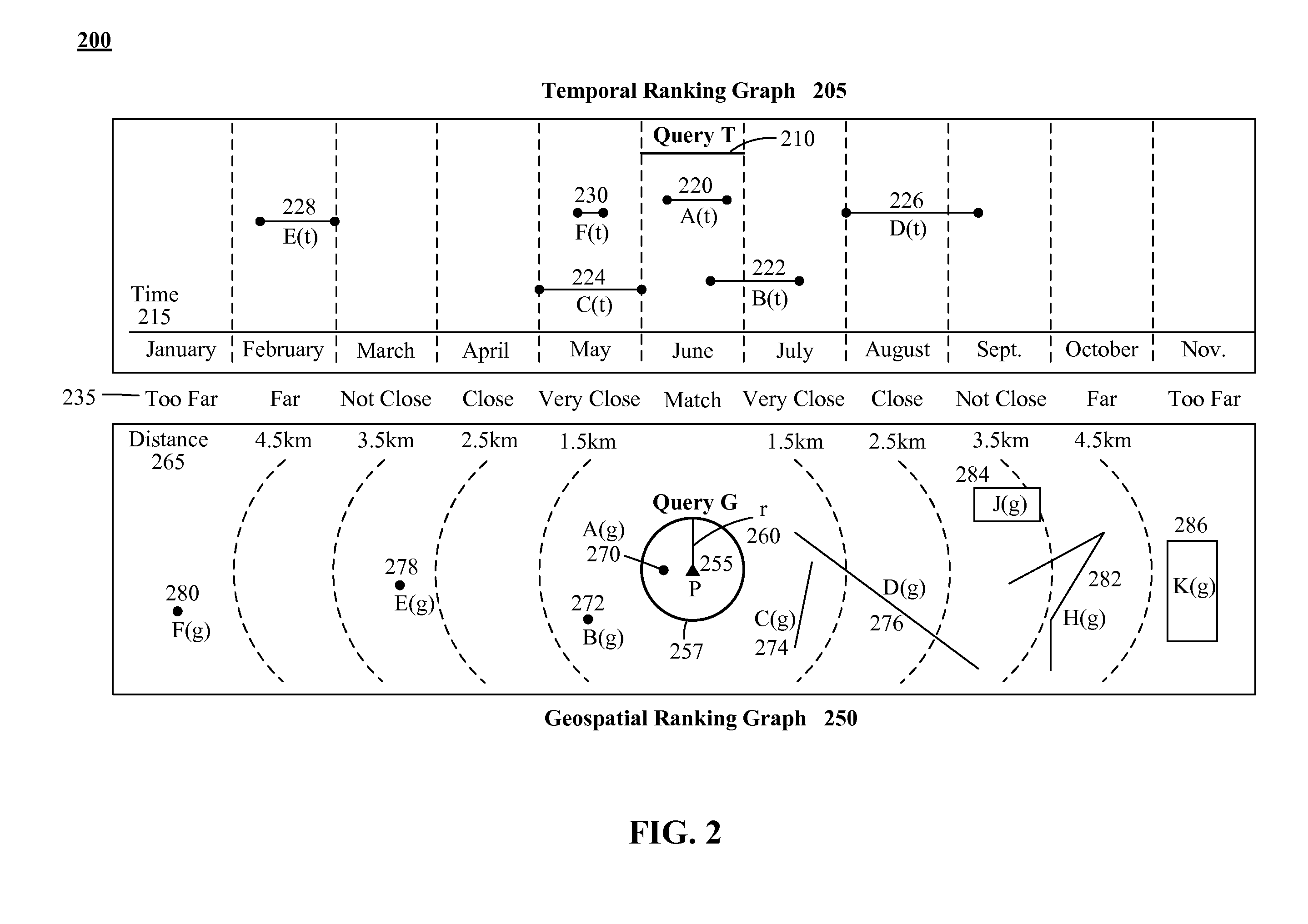Search tool that utilizes scientific metadata matched against user-entered parameters
a scientific metadata and user-entered parameter technology, applied in the field of data analysis, can solve the problems of increasing time-consuming and difficult to find data relevant to a scientist's research problem, researcher is unaware of or unable to identify relevant datasets, researcher is still left with the problem,
- Summary
- Abstract
- Description
- Claims
- Application Information
AI Technical Summary
Benefits of technology
Problems solved by technology
Method used
Image
Examples
Embodiment Construction
[0014]The present invention discloses a solution for identifying datasets of scientific data through a Web search (or other database search). Scientific data can be data characterized by numerical values or categorical data. Categorical data refers to a mathematically expressible set of items having an order or structure, which can be bound to include / exclude subsets of the items. That is, categorical data can refer to a structure where defined subsets of enumerable items are contained within a larger set. Categorical data, for example, can have a hierarchical structure. For instance, a category of “photosynthesis genes” can be a summary of a specific subset of genes.
[0015]Regardless of the type of scientific data being searched, the data sets have associated metadata that summarize sets of the data. That is, the metadata can define searchable parameters, which can represent significant characteristics of a larger set of underlying data. Thus, the metadata can be searched, instead o...
PUM
 Login to View More
Login to View More Abstract
Description
Claims
Application Information
 Login to View More
Login to View More - R&D
- Intellectual Property
- Life Sciences
- Materials
- Tech Scout
- Unparalleled Data Quality
- Higher Quality Content
- 60% Fewer Hallucinations
Browse by: Latest US Patents, China's latest patents, Technical Efficacy Thesaurus, Application Domain, Technology Topic, Popular Technical Reports.
© 2025 PatSnap. All rights reserved.Legal|Privacy policy|Modern Slavery Act Transparency Statement|Sitemap|About US| Contact US: help@patsnap.com



